Writing
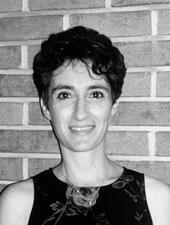
Nina Beth Cardin
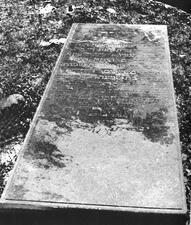
Caribbean Islands and the Guianas
Women were among the earliest settles in the Dutch and English Caribbean. Early Caribbean Jewish women, despite living in patriarchal societies, still managed to engage in public pursuits. As Caribbean Jewish communities became increasingly racially blended over time, women of color became some of the most definitive architects of distinctly Creole Caribbean Jewry.
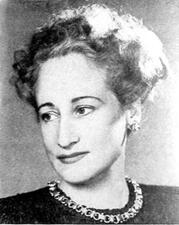
Vera Caspary
Vera Caspary was a prolific novelist, playwright, and screenwriter, best-known for her book, Laura, a murder mystery adapted into the 1944 film of the same name, now considered a classic. The female characters in Caspary’s novels and plays are strong, emancipated women, and her own concern with issues of prejudice and class consciousness are reflected in her works.
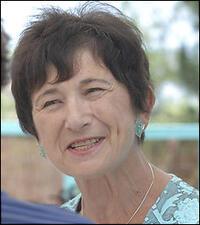
Ruth Fredman Cernea

Roz Chast
One of New York’s most distinct Jewish cultural voices, Roz Chast is most famous for her New Yorker cartoons over the past four decades. Her works range from whimsical, irreverent, and quirky to poignant and heartbreaking, and she is widely considered one of the most comically ingenious and satirically edgy visual interpreters of everyday life.
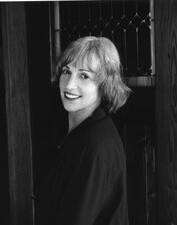
Kim Chernin
From poetry to the probing of women’s eating disorders, from autobiography to the story of a voice, from commentary on sexual identity to Israel and Palestine, Kim Chernin’s writing, “writing consultation,” and pastoral counseling practices all arose from the “spiritual politics” and deep examination of self and society that she considered the essence of her Jewishness.

Phyllis Chesler
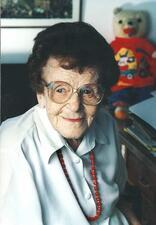
Children's Literature in Hebrew
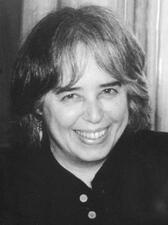
Children's Literature in the United States
Children’s literature in the United States would not be the same without Jewish women. From Sydney Taylor to Judy Blume to Lesléa Newman, Jewish women have written books read by millions of children and teenagers in the U.S. for more than a century.
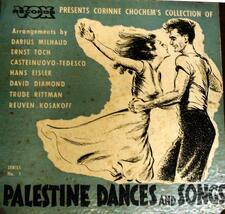
Corinne Chochem
Best remembered for her contribution to Jewish cultural life and for her unique ability to inspire those around her, Corinne Chochem had a distinct impact on Hebrew folk dance, both in her teaching and her two books, Palestine Dances (1941) and Jewish Holiday Dances (1948).

Hélène Cixous
Jewish-Algerian-French writer Hélène Cixous published her first book in 1967 and approximately her eighty-seventh in February 2021. This “life writing” comprises poetic fiction and autobiography, literary and feminist theory, art criticism, and theatrical works. Cixous explores the myriad contradictions and consequences of loss and exile, of “being Jewish” and “being a woman.”
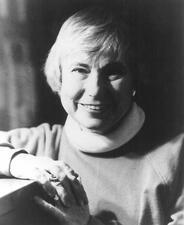
Barbara Cohen
When Barbara Cohen died, she left behind an exceptional body of children’s literature. Cohen was adventurous, seldom repeating herself, always trying new ideas, settings and themes. In her books, she confronted taboo subjects of assimilation, racism, and cancer with both sensitivity and remarkable honesty.
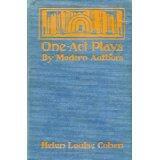
Helen Louise Cohen
Naomi W. Cohen
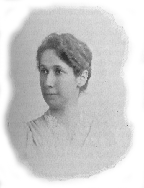
Nina Morais Cohen
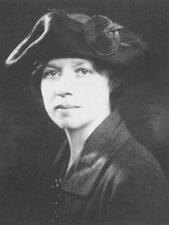
Rose Gollup Cohen
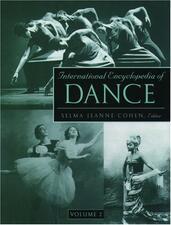
Selma Jeanne Cohen
It was Selma Jeanne Cohen’s mission in life to make dance scholarship a respected field, taking its place with the study of the other arts both in society and, particularly, the university. As a writer, editor, and teacher, she was a leader in transforming dance history, aesthetics, and criticism into respected disciplines. Cohen founded the Society of Dance History Scholars and received the first Dance Magazine Award ever given to a dance historian.
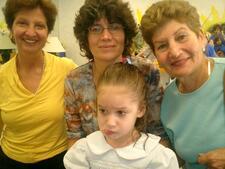
Dianne Cohler-Esses
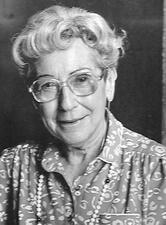
Mildred Cohn
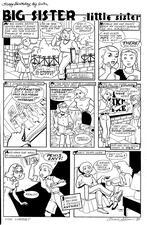
Jewish Women’s Comics and Graphic Narratives
The history of Jewish women’s comics and graphic novels can be traced back to early and mid-20th-century progenitors. With the underground comics scene of the late 1960s/early 1970s, several Jewish women laid the groundwork for the themes, styles, and communal ties that would be taken up by the post-underground. In the 21st century, the works of Jewish women in comics and graphic novels is booming.
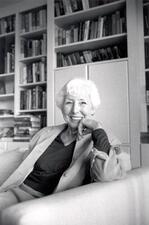
Molly Cone
Molly Cone wrote for over four decades, producing more than 40 books. They include young adult novels, short story collections, middle-grade fiction, Judaica for young readers, and non-fiction on ecological and educational topics. Her work frequently incorporates bits and pieces of her family life, as well as the love of Jewish culture which so enriched her childhood.
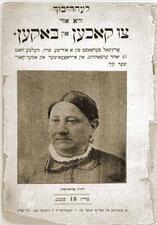
Cookbooks in the United States
American Jewish cookbooks capture the range of Jewish religious and cultural expression in the United States. Women took advantage of the versatility and variety of cookbooks to add their voices to the growing and developing Jewish culture in the United States.

Jamie Lee Curtis
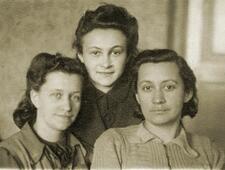
Liza Czapnik
Liza Czapnik was a Polish freedom fighter during World War II who started working against the Nazi occupation after witnessing a mass murder of Jewish people near her hometown. After being interned in the Grodno ghetto, she escaped and began working as a courier for the anti-fascist underground in Bialystok. After the war, she earned a PhD and taught English until 1991, when she made Aliyah and settled in Beersheva.

Modern Dance Performance in the United States
Jewish immigrants to the New World brought with them their ritual and celebratory Jewish dances, but these traditional forms of Jewish dance waned in the United States. Working-class and poor Jewish immigrants parents sought out culture and education in the arts for their children, often as a vehicle for assimilation. Jewish women were particularly attracted to the field of modern dance.


